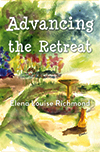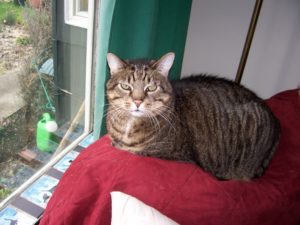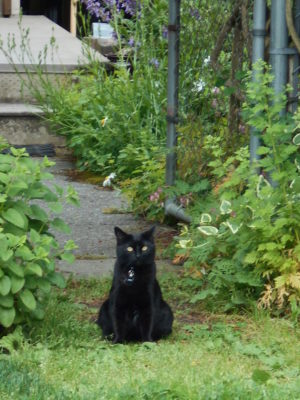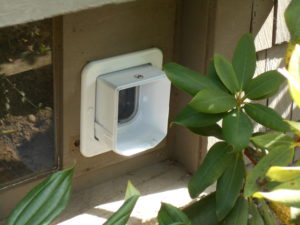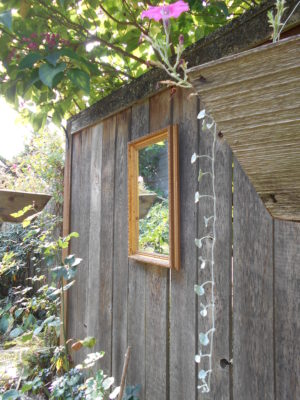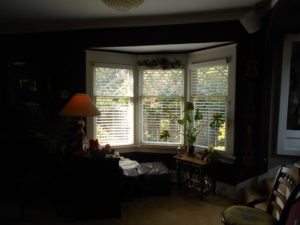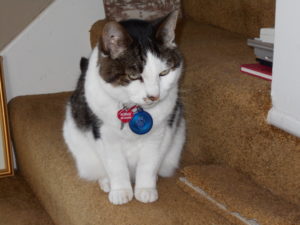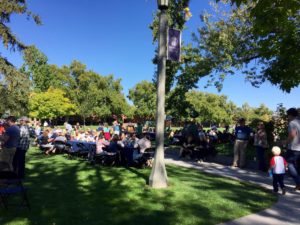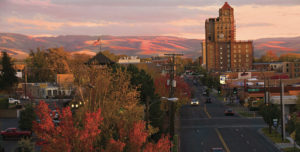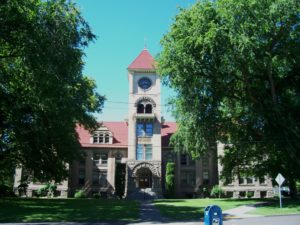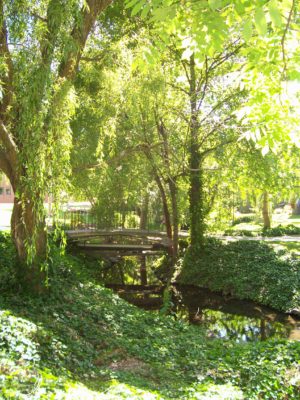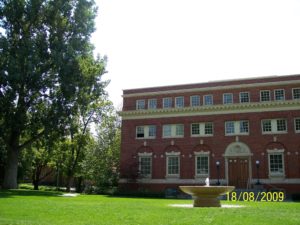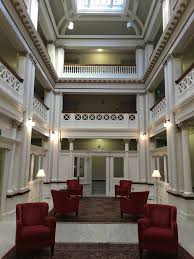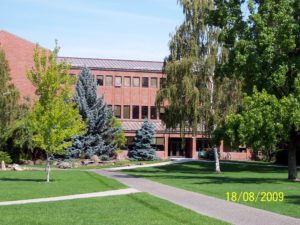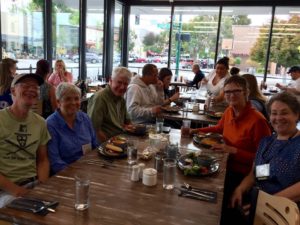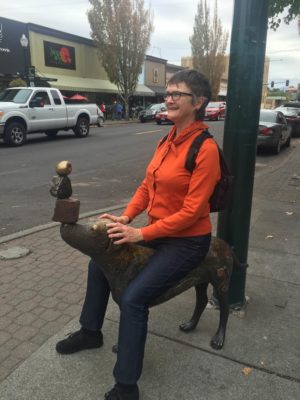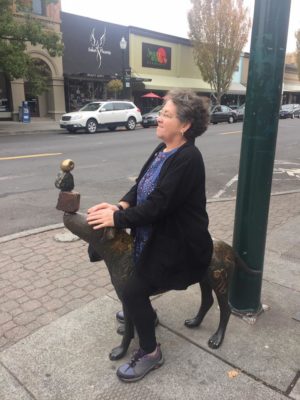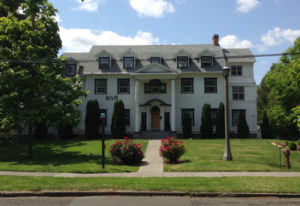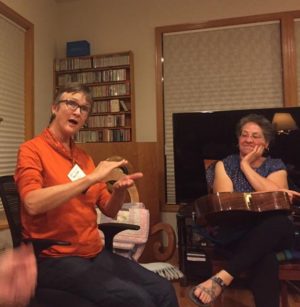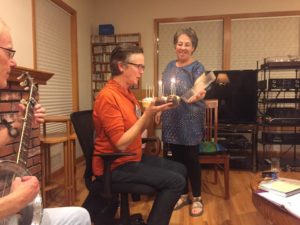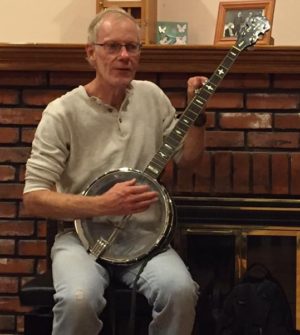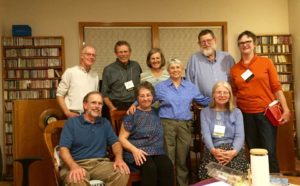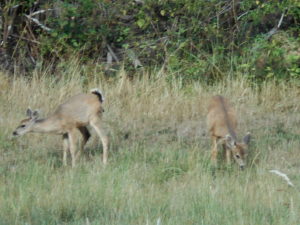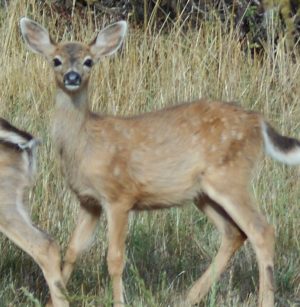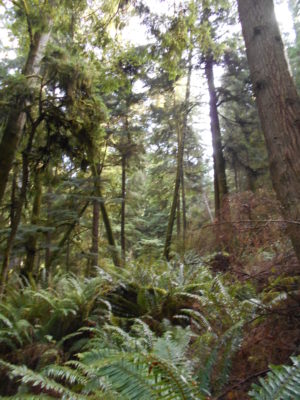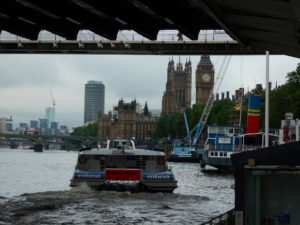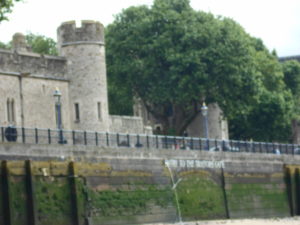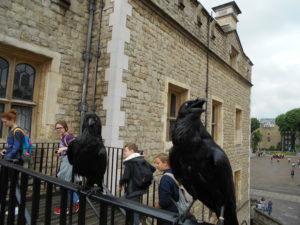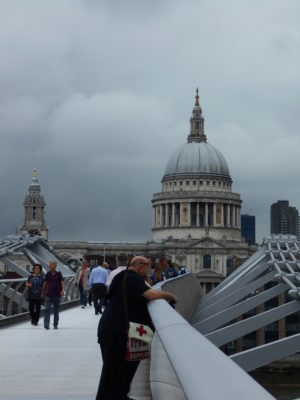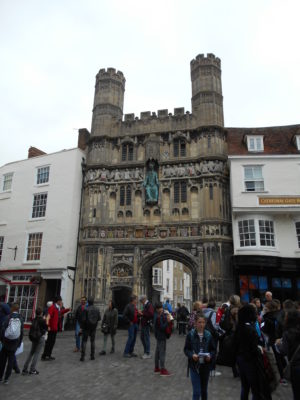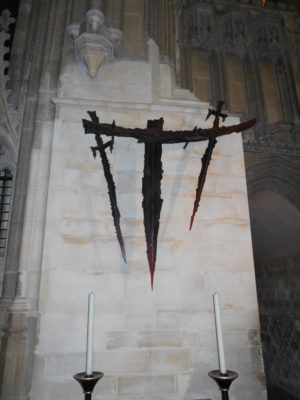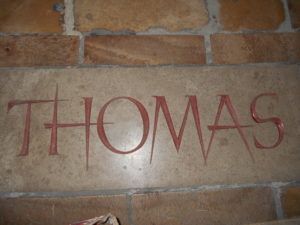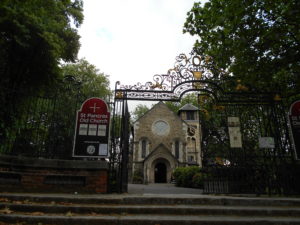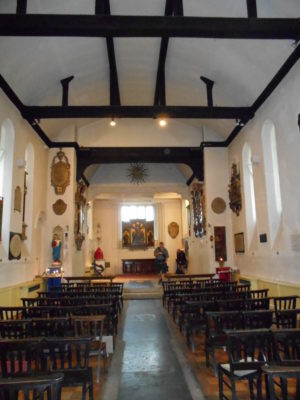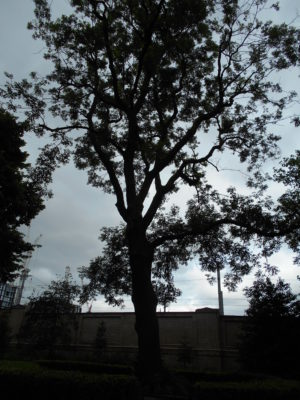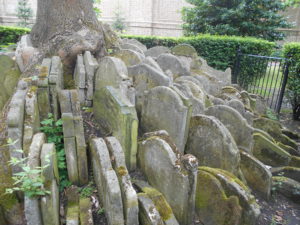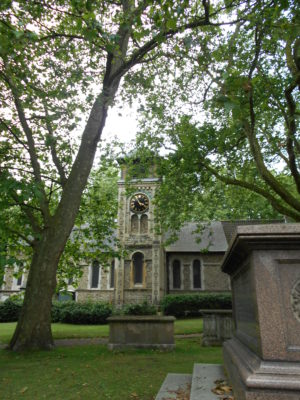What I Elect To Do
“People have always been good at imagining the end of the world, which is much easier to picture than the strange sidelong paths of change in a world without end.”
Rebecca Solnit
(Thank you, Jenni, for this quotation)
I am no stranger to panic. I suffered for nearly 20 years with panic disorder. A counter-intuitive thing happens to me when people around me are in a state of panic. It normalizes what had once been a huge part of my life. This is familiar country to me: this trauma that has been visited upon a majority of us.
In my experience panic was about something that had already happened. I was having flashbacks. One of the things I learned to do was to enclose myself in a closet and reassure myself that I was contained within my own body. I hadn’t leaked out.
I haven’t experienced anything that rises to the level of a panic attack for fifteen years. When I get to feeling high anxiety it’s usually about an imagined future but the best response is still to reassure myself that I am still in my body. I don’t have to physically go into a closet although thanks to Maxine, my feng shui goddess my closet is empty enough to do so.
In the past three days I have had to remind myself over and over that nothing has changed: I’m in my skin. I still live in my house. I still have my friends, my work, my health. I still have Bach. The clarity of Bach acts like an equalizing of the body registers for those of us who are fortunate enough to sing and play the music. I still have poetry. Everyone repeat after me: we still have the poets. Some of us still have Xanax prescriptions.
I have uncontrollable grief alternating with rage stoked by fear. When the fear subsides and the rage calms, grief will open the door that disperses the panic. Once the panic clears, I’ll find a way into and through a “strange sideline path of change.” The task right now –for me– is to tolerate intolerable feelings. At the same time I stand up and cheer at the top of my classically trained voice (and it’s loud and resonant) for the angry, hurt, shocked protesters all over the country.
I talked to my former student Anna, the beautiful and brilliant young woman in law school in Virginia. I called because I was hoping to find some comfort in her energy. I quickly realized that that is my job now: comfort and support for the young women who are probably going to have to fight our fight all over again. But I will say this: whenever I talk to Anna, I do not despair over the future.
Wednesday night is when The OK Chorale rehearses. The Chorale gives to me as much as I give to them. I knew I didn’t have to hold it together for them. At the same time I knew that I would. I knew we would do it together.
The first thing I had the Chorale do was something I have done many times in voice lessons. We whined. We whined as stridently as we could. Then we wailed. Then we took another breath and wailed, me with as gut wrenching a wail as I had in me.
I passed out a reprint of a song with the unlikely title of “Milford” and told everyone to just throw their old copies on the floor. That was when it registered that whoever set up the chairs had put us not in rows or clusters but in a big circle. We sat in a circle and sang to each other.
Fittingly we sang “We Need a Little Christmas:”
For I’ve grown a little leaner, grown a little colder,
Grown a little sadder, grown a little older,
And I need a little angel sitting on my shoulder
I need a little Christmas now!
We ended the evening as we do all our rehearsals and all our concerts during the fall quarter: with “Auld Lang Syne. ” Not just the chorus that people manage to slosh through on New Years’ Eve but the whole beautiful song.
Thursday morning is when All Present meets. Our friends with dementia came in. Many of them came in happy but many came in looking blank; they’ve been coming for years but they still don’t recognize why they are there. They were the lucky ones; they don’t get the news. Their caregivers looked tense and worried. We began our song circle with “Roll Out the Barrel” and “Zip-a-Dee-Doo-Dah.” Everyone came alive and the caregivers—I hope—put down a smidgeon of their care.
We sang “when you’re smiling, when you’re smiling, the whole world smiles with you.”
I thought, “This really sucks today.”
We sang “Cigarettes and Whiskey and Wild, Wild Women” in memory of our Violet who we lost this week. She was 92 and loved being with us though she wasn’t able to sing many of the songs any longer. She could always contribute to “Cigarettes and Whiskey and Wild, Wild Women.” It hardly registered with our friends with dementia what it meant that someone had died. They have no memory of Violet.
The rest of us looked more glazed over than ever.
It was when we got to “Let it Be” that I stopped being able to see the music. There is a line that has comforted me on more than one occasion:
And when the night is cloudy,
There is still a light that shines on me,
Shine until tomorrow, let it be.
Let it be. That does not imply passivity. That means to pay attention not to just what’s happening in the world, in the streets, in D.C. but to what’s happening inside. In our grief we will find a way through. If the central government closes itself to us we’ll find a sidelong path.
.
 RSS Feed
RSS Feed